The company drives photovoltaic innovation with solutions for generation and BESS projects, applied in real regional success stories and showcased through the international catalogue that brings together leading players in the solar sector.












The company drives photovoltaic innovation with solutions for generation and BESS projects, applied in real regional success stories and showcased through the international catalogue that brings together leading players in the solar sector.

The European Commission’s proposal to cut Russian liquefied natural gas (LNG) imports as of 1 January 2027 is drawing criticism for its limited scope and the risk that Russia will have time to adapt.
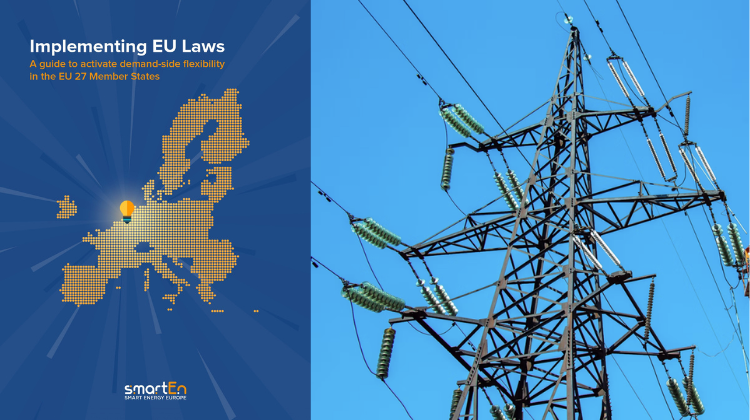
A report by the SmartEN association warns that the full activation of demand-side flexibility could drastically reduce grid reinforcement costs, avoid renewable energy curtailment, and eliminate the need to build 137 gas power plants by 2030.
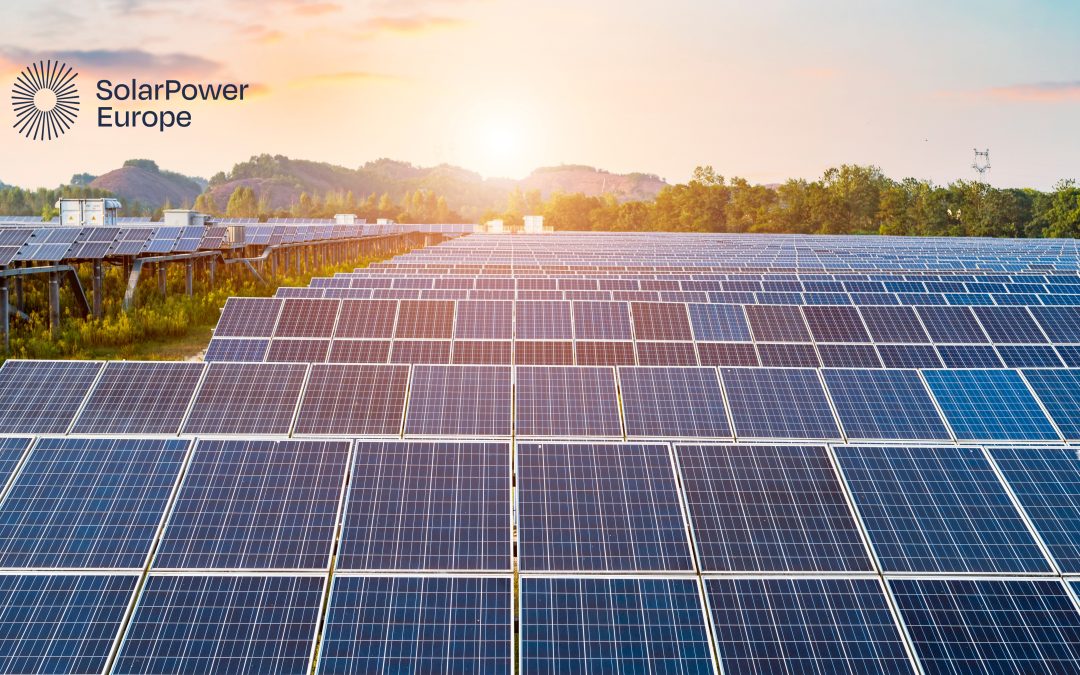
Over 40 stakeholders investing in Europe’s industrial base and energy decarbonisation, call on the Danish Presidency and European Commission to lead the EU from confusion to clarity and resolve the EU’s legal treatment of power purchase agreements (PPAs) and their associated renewable energy certificates under sustainability rules.

The catalog, which brings together technical sheets, success stories, and global experiences in modules, inverters, trackers, and batteries, is now available. This free and accessible strategic tool connects manufacturers, generators, inverters, and distributors, reinforcing Energía Estragica’s leadership in the dissemination of specialized knowledge.
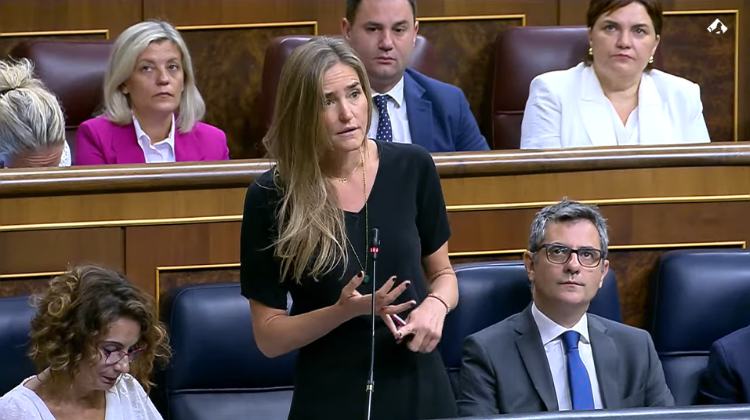
Minister Sara Aagesen defended in Parliament the electricity transmission plan with €13.59 billion, an attractive remuneration framework and measures to optimise the grid, amid rapid growth in renewables and electrification.
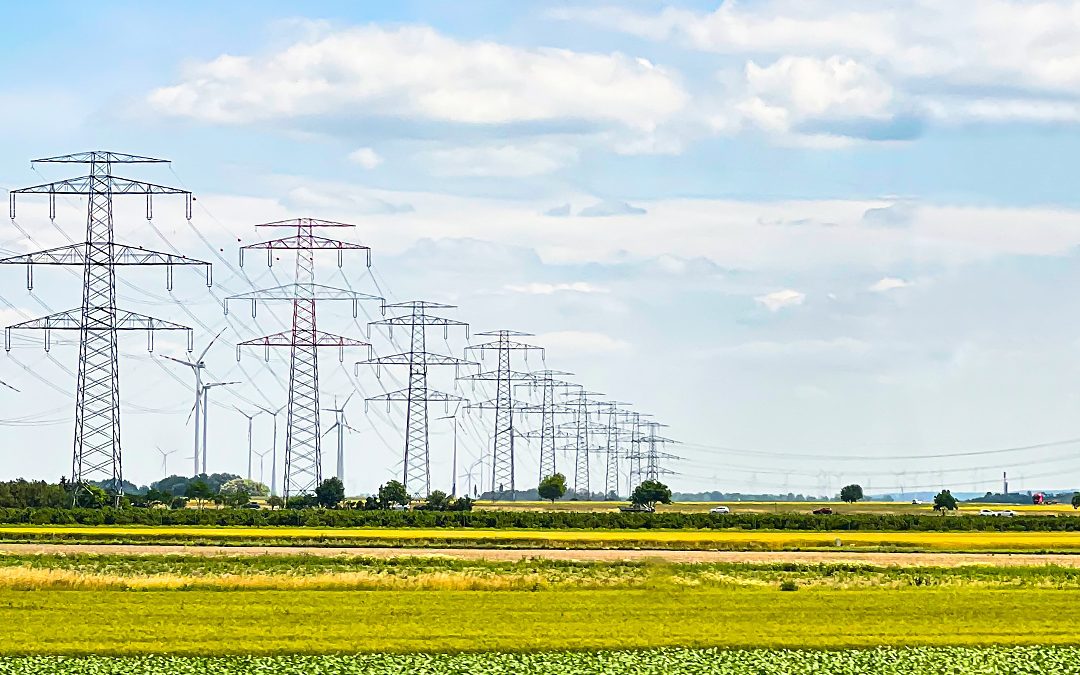
El informe, presentado por Deloitte durante el desayuno informativo ‘Conectando el futuro: redes eléctricas para una España más competitiva’, advierte de un marco retributivo poco atractivo para la inversión y apunta varias claves para aprovechar la oportunidad de país. Hasta el momento, España cuenta con la menor Tasa de Retribución Financiera de las inversiones en redes de distribución en Europa (5,58%).

The report, presented by Deloitte during the information breakfast “Connecting the Future: Electricity Grids for a More Competitive Spain,” warns of an unattractive remuneration framework for investment and suggests several key factors for taking advantage of the country’s opportunity. To date, Spain has the lowest Financial Return on Investment in Distribution Networks in Europe (5.58%).

In August, 9 PPAs were signed in Europe totalling 437 MW, with Spain taking the lead (181.7 MW). Solar PV accounted for 54% of total capacity, while corporate deals rose to 58% of the volume.

The European Solar Manufacturing Council and SolarPower Europe call for additional measures beyond the Net Zero Industry Act including production linked support, inclusion of “Made in Europe” in Public Procurement, and better financing conditions. Joint Letter sent to European Commission and Ministers of the Competitiveness Council ahead of Solar-PV Ministerial Meeting at 30 September.

The report “How to Mobilise Investments in Clean Technologies in the Iberian Peninsula” highlights a critical gap in available capital for the growth and scalability of these technologies in Spain and Portugal. Specifically, when it comes to cleantech venture capital, investment in this area in Iberia is six times lower than in Germany, meaning the peninsula must mobilise an additional €4 billion before 2030 to avoid falling behind.
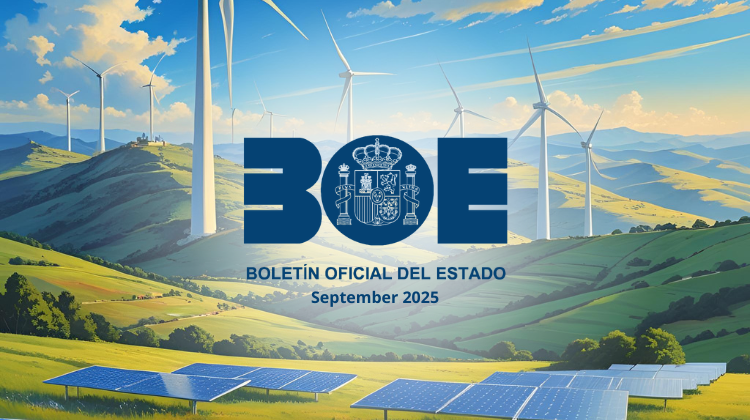
This month, 19 resolutions were published in the BOE for solar-wind hybridisation and storage projects. In addition, 115 MW of wind capacity were rejected, corresponding to Repsol and Aspiravi.
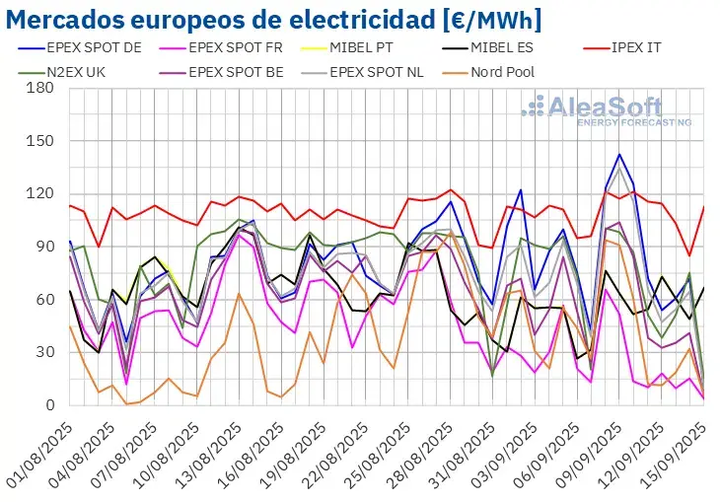
In the second week of September, prices in most of the main European electricity markets rose, although the weekly average remained below €75/MWh. Several exceeded €100/MWh on some days, with Germany leading the way by reaching its highest daily price since February on September 9, at €142.45/MWh.
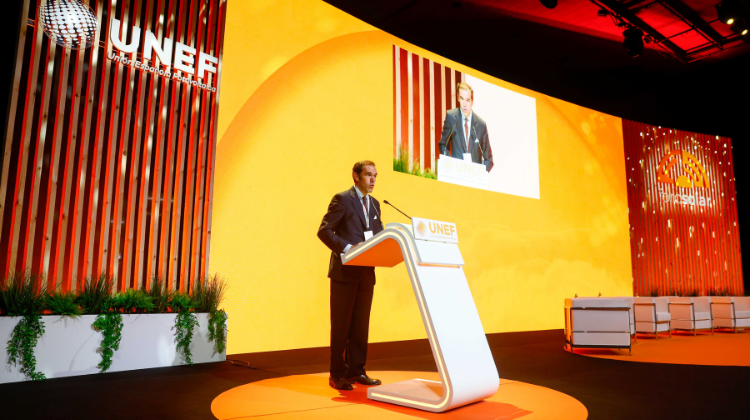
Seventeen round tables and keynote speeches will address the challenges and opportunities of the energy transition and the future of photovoltaics in Spain. Alberto Nadal, the new Deputy Secretary for the Economy of the Partido Popular, has confirmed his attendance to present the energy model proposed by the main opposition party.
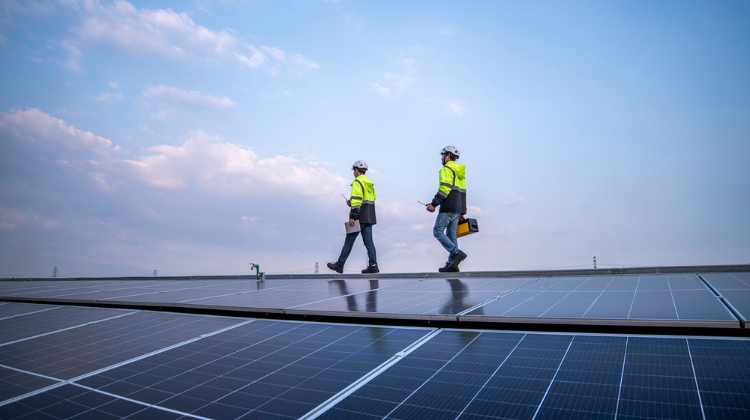
Installed capacity in the first half of the year dropped to 611 MW (-14.6%). The blackout and lower surplus prices boosted residential installations (+11.6%) and triggered a record surge in batteries (+88%). Distributed storage is consolidating its role as a key element for household security and a lifeline for industry. With the grid at breaking point, self-consumption with storage is the only way for industry to expand its effective capacity.

The public hearing begins on the draft royal decree regulating investment plans for electricity networks.
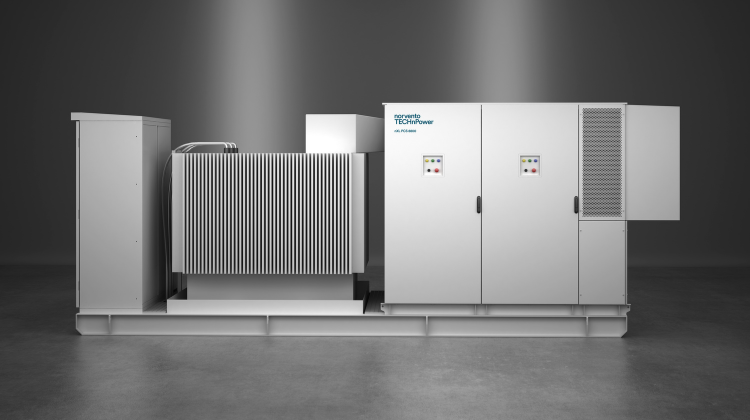
The nXL family delivers up to 9 MVA in 20 feet, with a record 622 kVA/m³ and a sealed IP65 design. The company already has initial manufacturing commitments supported by the Innovation Fund (€27.5 million).
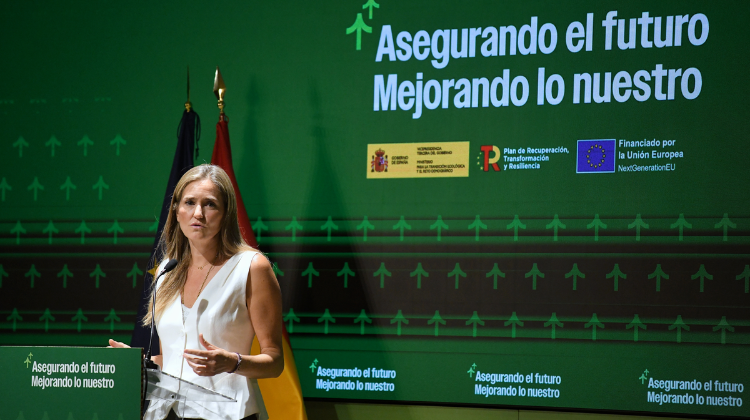
Sara Aagesen chaired the presentation of the results of the PRTR (Plan for Investment in the Ecological Transition), held at the Madrid College of Architects. The ministry recognizes 39 exemplary initiatives in the implementation of the Recovery, Transformation and Resilience Plan.

Grid saturation is leaving no capacity for new industries and electrification projects, hindering stand‑alone batteries and putting downward pressure on PPAs. Experts are calling for urgent measures to enable flexible connections and accelerate investment in networks.
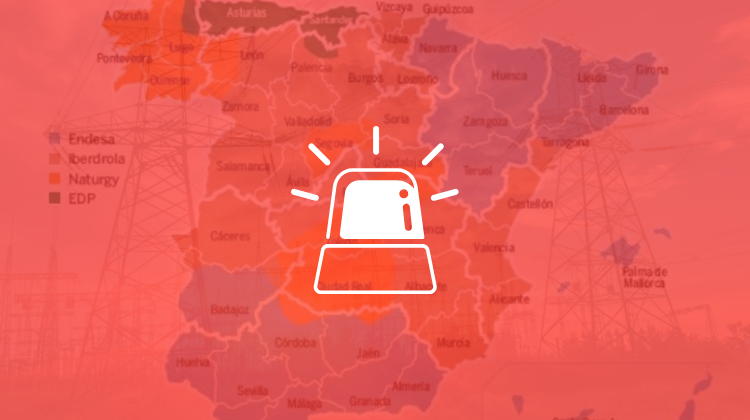
The publication of firm demand capacity maps confirms that 83.4% of nodes are saturated and shows 0 MW available in key substations, constraining new industry, renewables and green hydrogen. The sector is calling for flexible connections and investment in networks with clear rules from CNMC and MITECO.
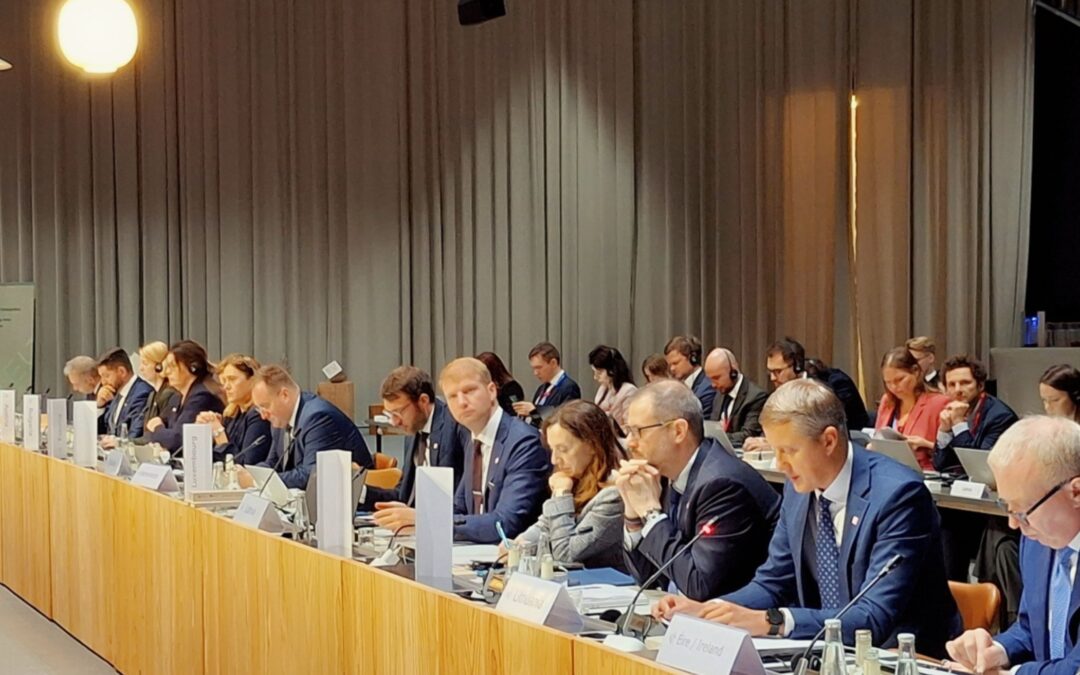
The informal ministerial meeting discussed the future of Europe’s energy architecture beyond 2030, as well as digitisation, clean technologies, and energy infrastructure issues.


The company drives photovoltaic innovation with solutions for generation and BESS projects, applied in real regional success stories and showcased through the international catalogue that brings together leading players in the solar sector.

The European Commission’s proposal to cut Russian liquefied natural gas (LNG) imports as of 1 January 2027 is drawing criticism for its limited scope and the risk that Russia will have time to adapt.

A report by the SmartEN association warns that the full activation of demand-side flexibility could drastically reduce grid reinforcement costs, avoid renewable energy curtailment, and eliminate the need to build 137 gas power plants by 2030.

Over 40 stakeholders investing in Europe’s industrial base and energy decarbonisation, call on the Danish Presidency and European Commission to lead the EU from confusion to clarity and resolve the EU’s legal treatment of power purchase agreements (PPAs) and their associated renewable energy certificates under sustainability rules.

The catalog, which brings together technical sheets, success stories, and global experiences in modules, inverters, trackers, and batteries, is now available. This free and accessible strategic tool connects manufacturers, generators, inverters, and distributors, reinforcing Energía Estragica’s leadership in the dissemination of specialized knowledge.

Minister Sara Aagesen defended in Parliament the electricity transmission plan with €13.59 billion, an attractive remuneration framework and measures to optimise the grid, amid rapid growth in renewables and electrification.

El informe, presentado por Deloitte durante el desayuno informativo ‘Conectando el futuro: redes eléctricas para una España más competitiva’, advierte de un marco retributivo poco atractivo para la inversión y apunta varias claves para aprovechar la oportunidad de país. Hasta el momento, España cuenta con la menor Tasa de Retribución Financiera de las inversiones en redes de distribución en Europa (5,58%).

The report, presented by Deloitte during the information breakfast “Connecting the Future: Electricity Grids for a More Competitive Spain,” warns of an unattractive remuneration framework for investment and suggests several key factors for taking advantage of the country’s opportunity. To date, Spain has the lowest Financial Return on Investment in Distribution Networks in Europe (5.58%).

In August, 9 PPAs were signed in Europe totalling 437 MW, with Spain taking the lead (181.7 MW). Solar PV accounted for 54% of total capacity, while corporate deals rose to 58% of the volume.

The European Solar Manufacturing Council and SolarPower Europe call for additional measures beyond the Net Zero Industry Act including production linked support, inclusion of “Made in Europe” in Public Procurement, and better financing conditions. Joint Letter sent to European Commission and Ministers of the Competitiveness Council ahead of Solar-PV Ministerial Meeting at 30 September.

The report “How to Mobilise Investments in Clean Technologies in the Iberian Peninsula” highlights a critical gap in available capital for the growth and scalability of these technologies in Spain and Portugal. Specifically, when it comes to cleantech venture capital, investment in this area in Iberia is six times lower than in Germany, meaning the peninsula must mobilise an additional €4 billion before 2030 to avoid falling behind.

This month, 19 resolutions were published in the BOE for solar-wind hybridisation and storage projects. In addition, 115 MW of wind capacity were rejected, corresponding to Repsol and Aspiravi.

In the second week of September, prices in most of the main European electricity markets rose, although the weekly average remained below €75/MWh. Several exceeded €100/MWh on some days, with Germany leading the way by reaching its highest daily price since February on September 9, at €142.45/MWh.

Seventeen round tables and keynote speeches will address the challenges and opportunities of the energy transition and the future of photovoltaics in Spain. Alberto Nadal, the new Deputy Secretary for the Economy of the Partido Popular, has confirmed his attendance to present the energy model proposed by the main opposition party.

Installed capacity in the first half of the year dropped to 611 MW (-14.6%). The blackout and lower surplus prices boosted residential installations (+11.6%) and triggered a record surge in batteries (+88%). Distributed storage is consolidating its role as a key element for household security and a lifeline for industry. With the grid at breaking point, self-consumption with storage is the only way for industry to expand its effective capacity.

The public hearing begins on the draft royal decree regulating investment plans for electricity networks.

The nXL family delivers up to 9 MVA in 20 feet, with a record 622 kVA/m³ and a sealed IP65 design. The company already has initial manufacturing commitments supported by the Innovation Fund (€27.5 million).

Sara Aagesen chaired the presentation of the results of the PRTR (Plan for Investment in the Ecological Transition), held at the Madrid College of Architects. The ministry recognizes 39 exemplary initiatives in the implementation of the Recovery, Transformation and Resilience Plan.

Grid saturation is leaving no capacity for new industries and electrification projects, hindering stand‑alone batteries and putting downward pressure on PPAs. Experts are calling for urgent measures to enable flexible connections and accelerate investment in networks.

The publication of firm demand capacity maps confirms that 83.4% of nodes are saturated and shows 0 MW available in key substations, constraining new industry, renewables and green hydrogen. The sector is calling for flexible connections and investment in networks with clear rules from CNMC and MITECO.

The informal ministerial meeting discussed the future of Europe’s energy architecture beyond 2030, as well as digitisation, clean technologies, and energy infrastructure issues.
Select the sector you
want to know more about
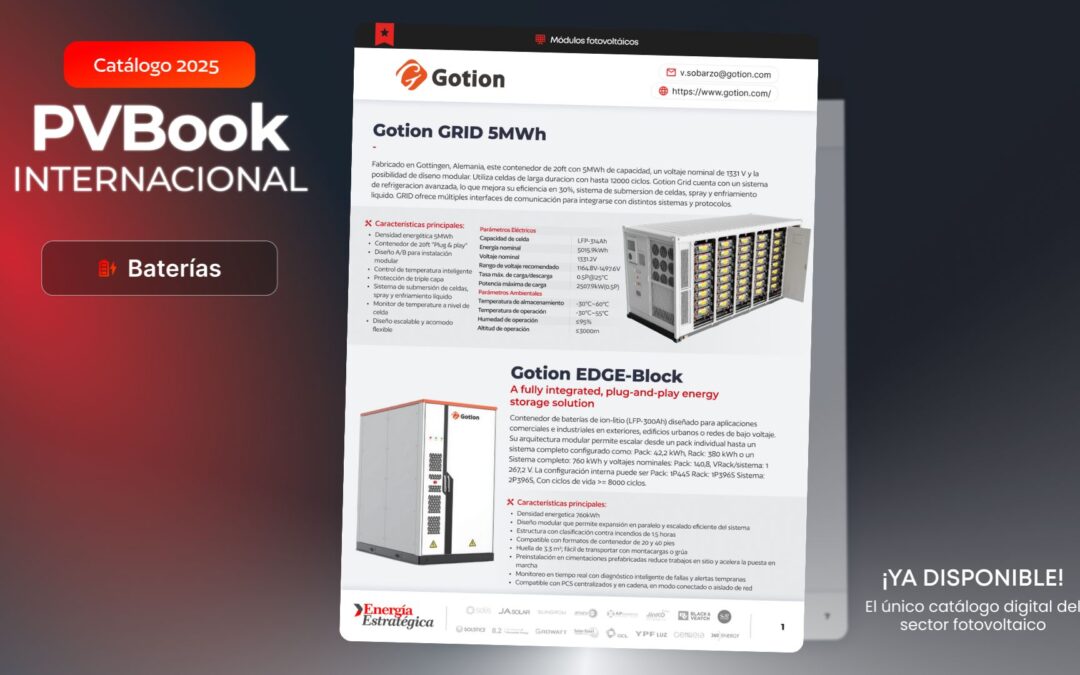
Con metas de 300 GWh de capacidad en 2025 y el foco puesto en Brasil, México y Colombia, la firma despliega una estrategia integral para utility scale, C&I y residenciales.
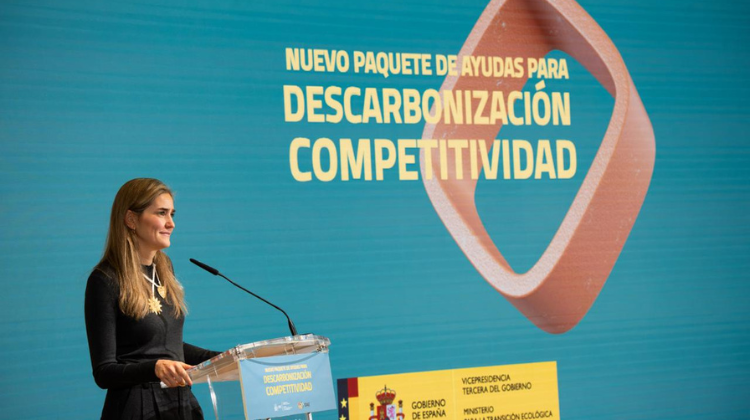
“This package will allow us to advance the model that has enabled us to become a benchmark for economic and environmental development, industrial modernization, and the fight against climate change.” It is structured around four key areas of action: the industrial value chain, the integration of renewable energy, the promotion of electric mobility, and innovative thermal solutions for industrial and residential applications.

“Este paquete nos permitirá avanzar en el modelo que nos ha permitido ser una referencia económica, medioambiental, de modernización industrial y de lucha contra el cambio climático”. Se articula en cuatro ejes de actuación, cadena de valor industrial, integración de renovables, impulso a la movilidad eléctrica, y soluciones térmicas innovadoras de ámbito industrial y residencial.